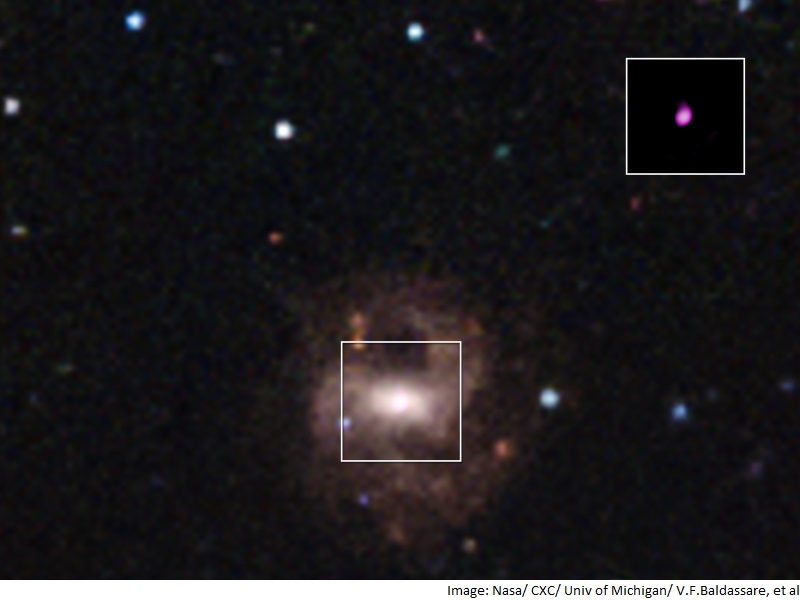Scientists have recently discovered the smallest supermassive blackhole to date. Using NASA’s Chandra X-ray Observatory, astronomers were able to spot the blackhole lurking in the centre of a dwarf galaxy.

Located around 340 million light-years away from us, this blackhole is 50,000 times the mass of the sun. While this may sound large, when compared to the previous smallest object of its kind, this blackhole is actually two times smaller.
Supermassive blackholes are thought to form and evolve with the host galaxies whose centres they inhabit. Every large galaxy is believed to have a supermassive blackhole at its centre. This discovery, however, is the first supermassive blackhole found to be identified in a dwarf galaxy.
“By studying how galaxies like this one are growing and feeding their black holes and how the two are influencing each other, we could gain a better understanding of how galaxies were forming in the early universe,” said Vivienne Baldassare, a U-M doctoral student . “The black hole we found is active and based on the X-ray observations, it appears to be is consuming material at a rate similar to active black holes in much more massive galaxies.”
To learn more about this discovery and what it means for astronomers and researchers alike, check out this article.
